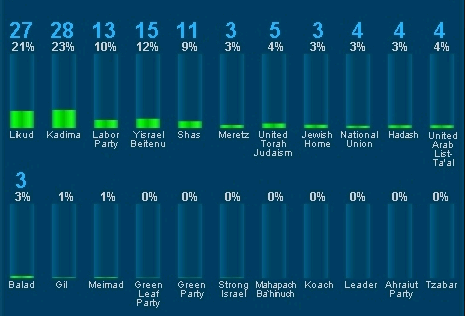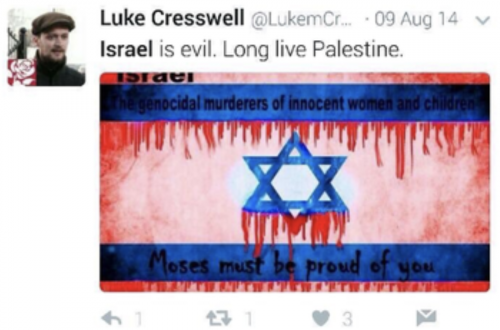This is a cross post from M71 OHR
In our hearts most of us already knew this a long time ago. Now even more damning is the USADA report.
The 3 stages of Armstrong: pre cancer
For my part, I liked Lance pre 1996. We’re roughly the same age, he broke into the international cycling scene at a time when the sport was moving from the epic battles of the 70’s and 80’s into something more technical and scientific; I’ve always favoured the underdog, and for a while Lance fit the bill. In the Tour de France he rode for an unfashionable team, was terrible in the mountains, but could pull out a brilliant stage win every now and then.

In 1995 I met him on the Headrow in Leeds as the riders assembled for the (much missed) Leeds Classic. He seemed a nice enough chap, in the race he did nothing to suggest that he’d be a future Tour winner.
During the 1996 Tour, Armstrong struggled for 7 days and then quit the race. It was soon discovered that he had testicular cancer which had spread to his lungs and brain. It’s a testament to the brilliance of medical science that Armstrong not only survived, but 18 months later was back on his bike training for the US Postal professional cycling team.
The first comeback,  was where most cycling fans knew in their hearts that something was wrong. To come back from cancer, and the treatment must have taken a mammoth effort; conventional wisdom would be that you would come back a shadow of your former self at least initially; but the new Armstrong was completely different, superlean and super muscular, he could now time trial and climb with the best of them, within months he was picking up honours and soon would dominate the sport.
was where most cycling fans knew in their hearts that something was wrong. To come back from cancer, and the treatment must have taken a mammoth effort; conventional wisdom would be that you would come back a shadow of your former self at least initially; but the new Armstrong was completely different, superlean and super muscular, he could now time trial and climb with the best of them, within months he was picking up honours and soon would dominate the sport.
In his first season back, less than two years after diagnosis, Armstrong finished 4th in the Vuelta ( the tour of spain, this race is on ITV4 for the next couple of weeks, check out how gruelling it is for a measure of how good 4th place is). The next year he won the Tour beating Alec Zulle by 8 minutes…and on and on.
But really we all knew something was up. The changes in physique, maybe you could put down to really good training, maybe the cancer had raised his pain threshold so he could push harder in training and even harder during races. Maybe the new approach to competition was the way to go- train more, race less; in particular riding every stage of the Tour de France over and over again in preparation for the big race itself. Maybe all of that added up to a rider who could thrash the rest of the world again and again and again.
The giveaway for me was that the mild-mannered Texan of 1995 had become unbelievably arrogant and rude, in lots of different ways. I thought it was only time before a positive drugs test would be revealed. Armstrong’s contemporaries and main rivals also must have believed the same. My favourite riders from that era Jan Ullrich and Marco Pantani were not clean themselves, but were caught and banned; Pantani’s life taking a tragic turn post-racing. But even on their very best form, riders who we now know to have been dopers could not get within touching distance of beating Armstrong in the Tour.
Armstrong’s final Tour in 2005 was the fastest on record, with Lance finishing the entire race on an average speed of 41.7km/h (for comparison, that’s roughly the speed I can reach on a level road with a good surface pedalling flat out, I can sustain it for about 5 minutes given a long enough road).
George Hincapie, Armstrong’s former teammate at US Postal has now admitted taking performance enhancing drugs with Armstrong. His testimony is damning: “At a race in Spain in 2000 Lance indicated to me he had taken testosterone. Lance told me that he was feeling good and recovered, that he had just taken some ‘oil’. When I heard that drug testing officials were at the hotel, I texted Lance to warn him to avoid the place …”
“In 2003 Lance Armstrong contacted me about needing to do something private at my apartment in Girona because he had guests at his apartment. I agreed and Lance came to my apartment with Dr Del Moral. Lance and Dr Del Moral went into my bedroom and Dr Del Moral was carrying what I thought was a blood bag. He asked to borrow a coat hanger and Lance and Dr Del Moral closed the door behind them. They were in the room about 45 minutes to an hour which is about the time it generally takes to re-infuse a bag of blood.”
Lance stage 3 -the second comeback after retiring from racing at the end of the 2005 Tour de France, Lance made a further comeback in 2009, but this time he really was a shadow of his former dominant self, despite attempts to boss the peleton and bully journalists. The 2nd comeback for some cycling fans allowed for a grudging respect, and perhaps even the seeds of doubt that maybe he had actually been clean all along; the rest of us never really changed our minds.
The suspicion has always been that Lance took the classic cyclists cocktail of epo, steroids, growth hormones and blood-doping/transfusions, but that his real genius was being able to get away with it for so long. In recent years cycling has taken steps to stamp out these much more thoroughly, cycling is years ahead of most other sports in anti-doping techniques and procedures. Professional cyclists now have blood-passports which should mean that changes to the body brought about by drugs or transfusions are quickly flagged up; during this year’s Tour de France team doctors were banned from administering injections of any kind, only race doctors were allowed.
Football has followed a similar route and continues to toughen up, routine testing at all levels of the professional game, and rules around not leaving the training ground without permission etc. But other sports lag behind, particularly those with a long off-season where drugs can be used to build muscle and train harder, and then be stopped ahead of competition-time testing. Rumours surrounding some top names in tennis, swimming, athletics and bizarrely golf are widespread. Those sports probably do not have the stomach which cycling has developed to retrospectively test samples using up to date techniques and strip historic honours. It’s more likely that a word in the ear of certain wimbledon winners not to enter again would be used instead.
In our hearts, we all (cycling fans, officials, other professionals) knew all along that Lance wasn’t clean; that some people still now refuse to accept this just goes to prove Mark Twain right yet again: It’s easier to fool people than to convince them that they have been fooled.


